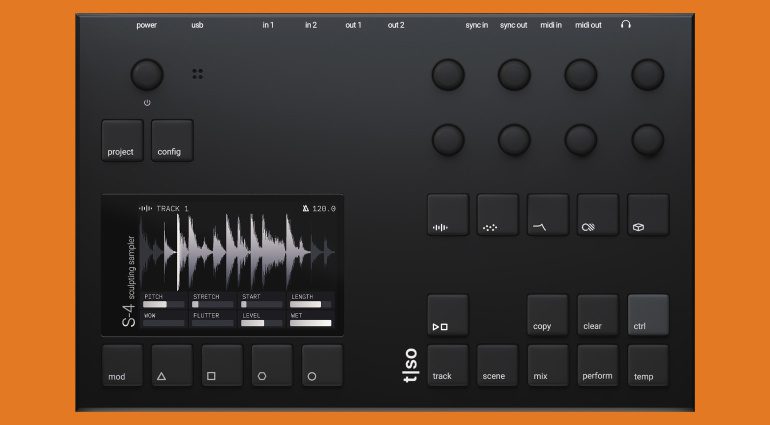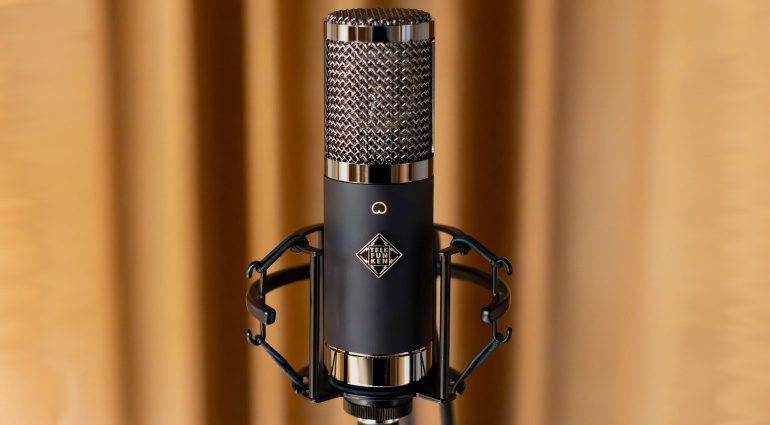In this article, we’ll be comparing the Xiaomi 14 Ultra vs Vivo X100 Pro. These are some of the best flagships out of Chinese smartphone OEMs at the moment and at the same time some of the best flagship smartphones in general. They are especially interesting to people who want great camera smartphones, actually. Despite both being very compelling, they’re also very different at the same time.
We’ll first be listing their specifications, and will then move to compare their designs, displays, performance, battery life, cameras, and audio performance. There are some similarities, here, but also quite a few differences. Both phones come in global variants, and those are the models that we’ve used. With that in mind, let’s get to it, shall we?
Specs
Xiaomi 14 Ultra vs Vivo X100 Pro, respectively
– Screen size:
6.73-inch LTPO AMOLED display (curved, adaptive 120Hz, 3,000 nits max brightness)
6.78-inch LTPO AMOLED display (curved, adaptive 120Hz, 3,000 nits max brightness)
– Display resolution:
3200 x 1440
2800 x 1260
– SoC:
Qualcomm Snapdragon 8 Gen 3
MediaTek Dimensity 9300
– RAM:
16GB (LPDDR5X)
16GB (LPDDR5X)
– Storage:
512GB (UFS 4.0)
512GB (UFS 4.0)
– Rear cameras:
50MP (wide, f/1.6-f/4.0 variable aperture, OIS, multi-directional PDAF, 1.6um pixel size), 50MP (ultrawide, f/1.8 aperture, 122-degree FoV, 0.7um pixel size, dual pixel PDAF), 50MP (telephoto, f/1.8 aperture, 0.7um pixel size, dual pixel PDAF, OIS, 3.2x optical zoom), 50MP (periscope telephoto, f/2.5 aperture, 0.7um pixel size, dual pixel PDAF, OIS, 5x optical zoom)
50MP (f/1.8 aperture, 1.6um pixel size, PDAF, OIS, Laser AF), 50MP (ultrawide, f/2.0 aperture, 119-degree FOV, 0.64um pixel size, 15mm lens), 50MP (periscope telephoto, f/2.5 aperture, 0.7um pixel size, PDAF, 100mm lens)
– Front cameras:
32MP (wide, f/2.0 aperture, 0.7um pixel size)
32MP (wide, f/2.0 aperture, 20mm lens)
– Battery:
5,000mAh
5,400mAh
– Charging:
90W wired, 80W wireless,, 10W reverse wireless (charger included)
100W wired, 50W wireless, reverse wired (charger not included)
– Dimensions:
161.4 x 75.3 x 9.2mm
164.1 x 75.3 x 8.9mm
– Weight:
219.8 grams
225 grams
– Connectivity:
5G, LTE, NFC, Wi-Fi, USB Type-C, Bluetooth 5.4
– Security:
In-display fingerprint scanner & facial scanning
– OS:
Android 14 with HyperOS
Android 14 with Funtouch 14
– Price:
€1,499
€1,199
– Buy:
Xiaomi 14 Ultra (Amazon)
Vivo X100 Pro (Vivo)
Xiaomi 14 Ultra vs Vivo X100 Pro: Design
If you take a look at these two smartphones side by side, you’ll notice some similarities. Both of them not only have curved displays, and a centered display camera hole, but they also have large camera oreo on the back. Let’s take it one step at a time, though. The Xiaomi 14 Ultra’s corners are slightly more rounded than the ones on the Vivo X100 Pro. Both phones also have physical buttons on the right-hand side, and the placement is also quite similar.
Both phones have a frame made out of aluminum, though a titanium variant of the Xiaomi 14 Ultra is available in China. Now, both global variants of the Xiaomi 14 Ultra (black and white) come with a vegan leather backplate. The Vivo X100 Pro combines its aluminum frame with a glass back (at least as far as global models are concerned, there is a vegan leather model in China). The Xiaomi 14 Ultra is more grippy as a result, of course. If we compare the global models alone.
The Xiaomi 14 Ultra’s camera oreo is a bit larger, and it includes one extra camera in comparison. The backplates on both phones are curved towards the edges. The Xiaomi 14 Ultra is slightly shorter in comparison, while the two phones have the same width and almost the same thickness. The Xiaomi 14 Ultra’s global variants weigh 219.8 grams, while the VIvo X100 Pro’s 225 grams. That’s what we’re focusing on here. Some other models in China have different weights, of course.
Both smartphones do offer an IP68 certification, and both feel very premium in the hand. These two handsets are quite large, though, and also quite hefty. Have that in mind before you opt for one.
Xiaomi 14 Ultra vs Vivo X100 Pro: Display
The Xiaomi 14 Ultra features a 6.73-inch QHD+ (3200 x 1440) LTPO AMOLED display. This panel is curved, and it has an adaptive refresh rate (1-120Hz). Dolby Vision is supported, and the same goes for HDR10+ content. This panel goes up to 3,000 nits of brightness at its peak, in theory. The display aspect ratio is 20:9, while the phone’s screen-to-body ratio is around 89%. The Xiaomi Shield Glass protects this display.

The Vivo X100 Pro comes with a 6.78-inch 2800 x 1260 display, which is curved. This is an LTPO AMOLED panel which has an adaptive refresh rate (1-120Hz). This panel can project up to 1 billion colors, and it has a peak brightness of 3,000 nits, in theory. The display aspect ratio is 20:9, and the screen-to-body ratio is at around 90%. This panel has a slightly lower PPI than the Xiaomi 14 Ultra, due to a slightly lower screen resolution.
You’ll be glad to hear that both of these displays are outstanding, though. They’re not only vivid and have great viewing angles, but the touch response is really good, and they also get more than bright enough. That goes for basically all situations that you may find yourself in, including direct sunlight usage. The blacks are also quite deep. Both panels are curved, though, so keep that in mind, just in case you prefer flat displays. The curvature levels are different, the Xiaomi 14 Ultra’s display has less of a curve to it.
Xiaomi 14 Ultra vs Vivo X100 Pro: Performance
The Snapdragon 8 Gen 3 SoC fuels the Xiaomi 14 Ultra. That is Qualcomm’s most powerful chip at the moment. The phone also comes with 16GB of LPDDR5X RAM in its global model, and it also utilizes 512GB of UFS 4.0 flash storage. The Vivo X100 Pro is fueled by the MediaTek Dimensity 9300 SoC, the best MediaTek has to offer. This phone also includes 16GB of LPDDR5X RAM in its global variant, along with 512GB of UFS 4.0 flash storage.
When it comes to general performance, both of these phones do a great job. They open apps really fast, they’re great for multitasking, and also do a great job with multimedia, browsing, messaging, emails, image processing, and so on. When it comes to regular performance, both do a fantastic job. The experience was very fluid, and the animations the company’s provided only enhanced the experience.
What about gaming? Well, the Vivo X100 Pro did get warmer than the Xiaomi 14 Ultra during a longer gaming session. After an hour of Genshin Impact, it was noticeably warmer, even though the Xiaomi 14 Ultra was warm too. We did measure a higher temperature on the Vivo X100 Pro, though that didn’t affect the gameplay much. The frame rate did drop a little bit in comparison to the Xiaomi 14 Ultra, but that’s about it. Both can handle even the most demanding games on the platform.
Xiaomi 14 Ultra vs Vivo X100 Pro: Battery
The Xiaomi 14 Ultra includes a 5,000mAh battery. Well, its global model does. In China, the device comes with a 5,300mAh unit. The Vivo X100 Pro, on the other hand, has a 5,400mAh battery regardless of the market. Some of you may think that the Vivo X100 Pro offers better battery life considering it has a larger battery. Well, that’s not exactly the case, at least it wasn’t the case in our experience.
The Xiaomi 14 Ultra not only did a bit better in our battery drain test, but it also did a bit better during general usage. With mixed usage, we were able to get around 7-8 hours of screen-on-time on both of these phones (with no gaming involved). It did seem like the Xiaomi 14 Ultra lasted a bit longer, though, about 10% longer. The difference wasn’t really big, but it was noticeable during usage. Your mileage may vary, of course.
When it comes to charging, both of these smartphones are very compelling, to say the least. The Xiaomi 14 Ultra supports 90W wired, 80W wireless, and 10W reverse wireless charging. The Vivo X100 Pro supports 100W wired, 50W wireless, and reverse wired charging. Do note that out of the two phones, only the Xiaomi 14 Ultra ships with a charger in the retail box. You’ll need to get one separately for the Vivo X100 Pro if you want to take full advantage of its charging capabilities.
Xiaomi 14 Ultra vs Vivo X100 Pro: Cameras
The Xiaomi 14 Ultra has four 50-megapixel cameras on the back, while the Vivo X100 Pro includes three 50-megapixel units. Xiaomi’s flagship has a 50-megapixel main camera (1-inch sensor, variable aperture), a 50-megapixel ultrawide unit (122-degree FoV), a 50-megapixel telephoto camera (3.2x optical zoom), and a 50-megapixel periscope telephoto unit (5x optical zoom). Leica’s lenses are used here, and Leica also helped out with the software.


The Vivo X100 Pro, on the other hand, has a 50-megapixel main camera (1-inch sensor), a 50-megapixel ultrawide camera (119-degree FoV), and a 50-megapixel periscope telephoto unit (4.3x optical zoom). ZEISS is part of the package here, as the company’s anti-reflection coating is applied on the back, and ZEISS also helped out on the software side of things. When it comes to hardware itself, both are quite capable, and the same actually goes for performance itself.
We realized that both of these phones are capable of capturing fantastic photos. They do end up being a bit different, though. The Xiaomi 14 Ultra comes with Leica Authentic and Leica Vibrant modes. The difference is most of the time not that big, but the Authentic mode does mute the colors a bit at times and adds vignetting to images. The Vivo X100 Pro under its default setting leans to warmer images, and it does a great job overall.
Images from both smartphones do provide plenty of details, and they handle HDR situations great too. In low light, both smartphones do a great job of handling light sources, and reflections too. That’s not an easy thing to do, that’s for sure. Their ultrawide cameras are great, though we preferred the Xiaomi 14 Ultra’s in low light. The Xiaomi 14 Ultra does offer a bit more versatility when it comes to high-zoom photos.
Audio
You will find stereo speakers on both of these smartphones. Those speakers are more than loud enough, and the general output is rich enough. You’ll even notice some bass on both sets of speakers.
What you will not get on either phone is an audio jack. They both include a Type-C port at the bottom. So, you can hook up your headphones that way, a dongle will be required, though. In terms of wireless audio connectivity, both smartphones are equipped with Bluetooth 5.4.





